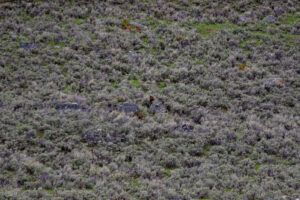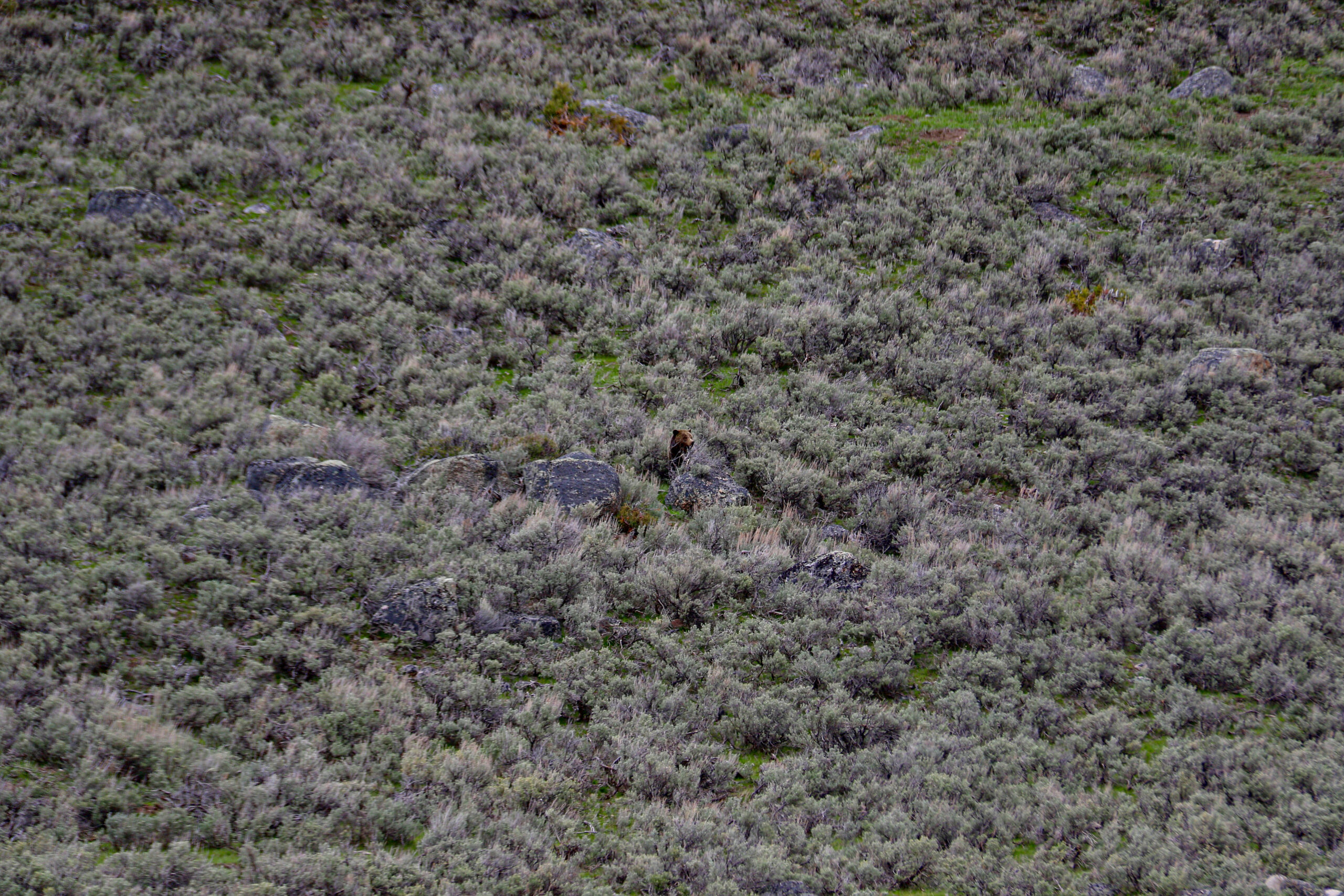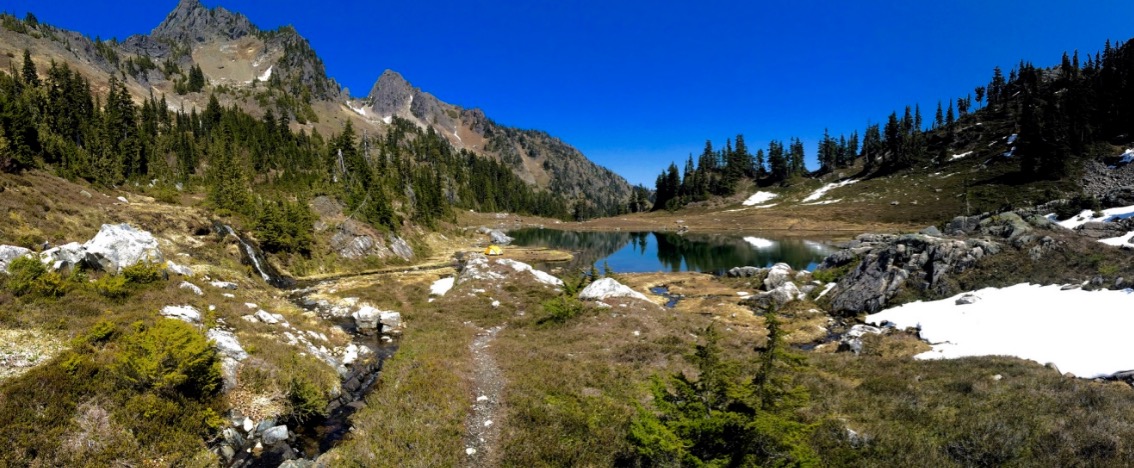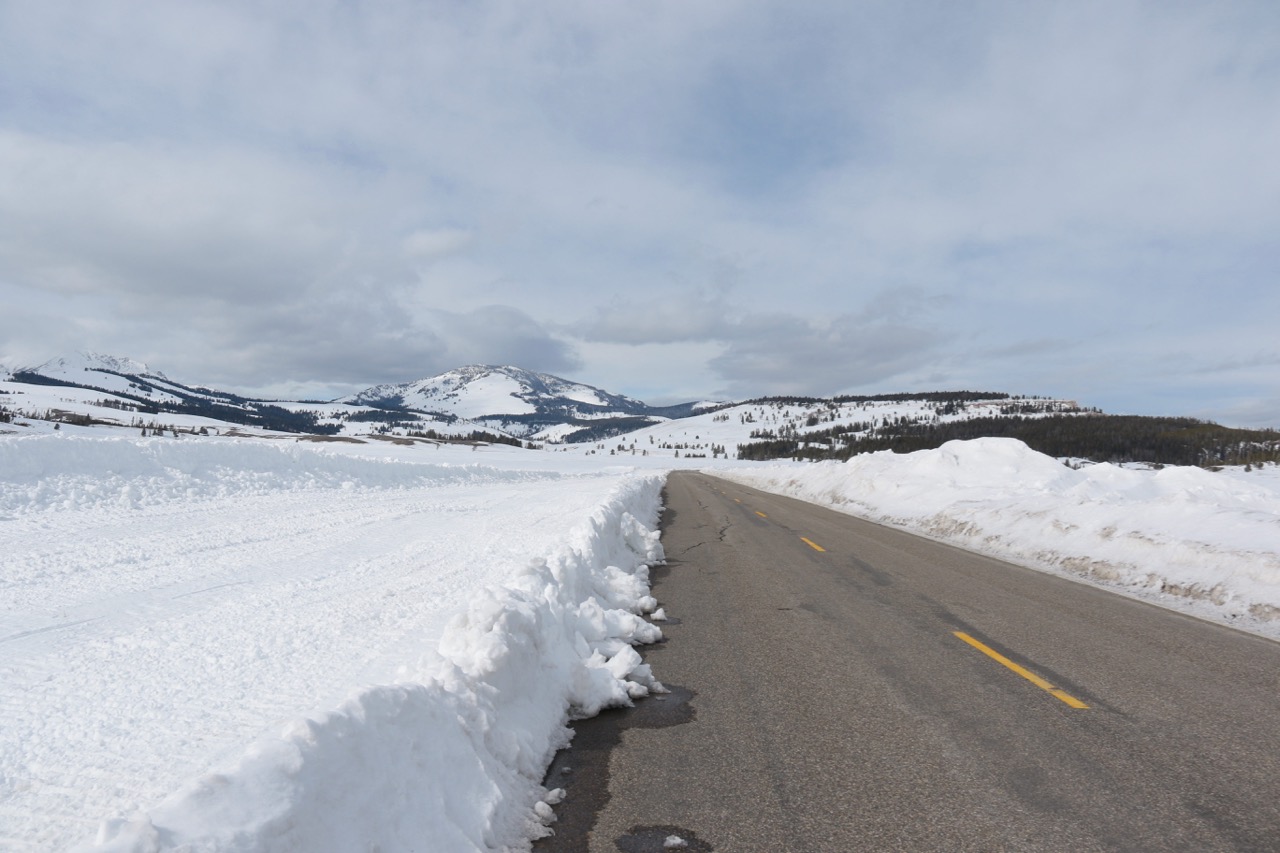The first grizzly of the year has been spotted in Yellowstone National Park, so I figured I would use this week’s post as a way to highlight how hard it may be to see a grizzly even if it is a few hundred yard away. This is by no means intended to scare anyone from hiking in known grizzly terrain, just helping give a heads up on what it means to be truly bear aware. I have also included some bear safety information on this page to help you out. Now, the picture.
This one isn’t too difficult, or at least I do not think it is. Let me know what you think!
About the Picture
In May of 2022, before the flooding impacted the region, bear sightings in the Northern Range were ridiculous. Each trip I took into the park, driving from Mammoth Hot Springs to Lamar Valley, with a stop at Tower, I’d see at least six different bears. Some days, I would see 12. They were everywhere, which is always awesome to see after a long winter without them. On this day, I was driving to a trailhead, where I would be taking a long hike along Slough Creek. Leaving Roosevelt Junction, I turned toward Lamar, crossed the bridge over the Yellowstone River and passed the Yellowstone River Picnic Area. Just beyond that, on the left, a few cars were parked and people were taking pictures with phones and expensive camera set-ups. I glanced to where everyone was looking and spotted a coyote wandering in the foreground as a huge grizzly lumbered down the hill a half mile away.
The bear continued to wander down the hill, now heading away from the road and instead moving parallel to it. The dozen or so people around me jumped in their cars and sped down to the net pullout, in hopes to get an even better glimpse of this massive grizzly. I stayed back. Chasing wildlife from pullout to pullout is not good for the wildlife of the park, often putting undue stress on them as they desperately search for a way to cross the road in peace and leave the crowds behind.
The bear was aware of the cars and people moving to where it was headed, and as they all were driving, it stopped in a field of sage and rocks and sat down. the cars all reached the next pullout and the bear sat motionless. I glanced down toward the people and they were struggling to locate where the bear was, despite it being a quarter of a mile from them.
While they searched and scanned for it, I snapped a few pictures on the bear just chilling out on the hillside.
This is one of those pictures:
As always, click on the image to see it larger.

Eventually, the coyote that was in the area decided to have some fun and started messing with the bear, running up behind it and making it move. Some speculated that there was a coyote den with pups nearby. Others just chalked up the behavior to being a coyote living its life. No matter what the reason, the coyote was pestering the bear enough to force it to move away from the area.
How Can You Stay Safe in Bear Country?
The quick answer is carry and know how to use bear spray, hike in groups when possible, make noise while hiking and be constantly aware. I could rewrite everything here that has already been written, but instead I’ll share what Yellowstone National Park has on their bear safety website.
Here is part of what they say:
All of Yellowstone is bear habitat—from the deepest backcountry to the boardwalks around Old Faithful. Prepare for bear encounters no matter where you go.
Your safety cannot be guaranteed, but you can play an active role in protecting yourself and the bears people come here to enjoy.
- Keep at least 100 yards (93 m) from bears at all times and never approach a bear to take a photo.
- Never feed bears. Bears that become dependent on human food may become aggressive toward people and have to be killed.
- If a bear approaches or touches your car, honk your horn and drive away to discourage this behavior.
- Review the best practices before you hike or camp in bear country, and learn what to do if you encounter a bear.
- Learn about bear spray, a highly effective, non-lethal bear deterrent.
- Make sure you know what areas are closed for bear management.
Want the Best Wildlife Watching Trip to Yellowstone possible?
Pick up a copy of my guidebook, full of everything you need to know to spot wildlife like a local.




